Machu Picchu in Peru, attracts 2 million visitors a year because it hides inexplicable mysteries. Secrets that we will reveal; from what is its real name to who were its true discoverers, before Professor Hiram Bingham (who is supposedly attributed to be the only discoverer in 1911), when in fact research reveals otherwise. Are you ready to learn all about Machu Picchu before visiting it?
All About Machu Picchu
What is Machu Picchu?
Machu Picchu's name is formed by two Quechua words: Machu, which means "old," and Picchu, "mountain". It is an exciting place steeped in history. To fully experience it, be sure to do your research beforehand and know about its past and culture.
Machu Picchu is one of the most outstanding Inca engineering and construction examples. It was constructed in the 15th century and abandoned after the empire's invasion. After centuries, it was rediscovered during the explorations of Hiram Bingham, and the place became famous worldwide. Today, the sanctuary is still top-rated among travelers who visit Peru.
IMPORTANT FACT: The first name of Machu Picchu was Patallacta, whose word comes from the Quechua words: Pata = step or high and llacta = mountain, town, city or province, which together would be town of steps or "mountain top" which translated into the language of the Incas would be "orcop uman" = head of the hill.
In one of the 18 chapters of the chronicles of the conquest of the XVI century, Atahualpa asked to be buried in his residence of Patallaqta, today considered Machu Picchu. Information discovered by the historian Maria Carmen Rubio, as well as corroborated by the Peruvian historian and archaeologist Federico Kaufmann Doig and the Peruvian archaeologist, anthropologist and professor Luis Guillermo Lumbreras.
History of Machu Picchu
Pre-Inca Period
The rivals of the Incas, an ethnic group called Tampu who were part of the Ayarmarcas, settled in the Urubamba valley where they developed agriculture in these fertile lands, so it is attributed to them the construction of some terraces of Machu Picchu in the space that connects it and Huayna Picchu.
Inca Period
In 1440, Pachacutec conquered the ravine of Picchu as an expansion campaign towards Vilcabamba, where the Inca was amazed with the natural space it offered, thus deciding the planning and construction of his palace, in 1450 ac, where the aging leader ordered to build a villa for his "panaca" or family descendants, to guard his tomb and to serve the memory of these, called the city Patallacta, or "high city", now known as Machu Picchu.
They brought specialist builders to this city from the highlands such as the Collas, Lupaqas and Pacajes, Chimus, Cañaris and Chachapoyas settlers who were brought to Machu Picchu as Yanaconas and Camayoc, from recently conquered ethnic groups, with the sole purpose of maintaining their political influence. Machu Picchu fulfilled the functions of: Administrative, political and religious center.
Machupicchu housed a population belonging to the Inca elite who were members of Pachacutec's panaca, as well as the yanaconas and mitimaes who were in charge of building and cultivating the terraces.
In 1471 after the death of Pachacutec, he was buried in his "house" of Patallacta, cared for, venerated as an idol by his servants and his panaca.
CURIOUS FACT: From time to time, the body of the Inca Pachacutec traveled to Cusco to participate in festivities and various ceremonies.
CURIOUS FACT: In 1562 AD, Machupicchu suffered a forest fire and 10 years later it was abandoned.
IMPORTANT FACT: In 1948, Machu Picchu became a national symbol, opening a carriage road from the train station to the archaeological site.
Hiram Bingham: Its discoverer or rediscoverer?
"In the variety of its charms and the power of its spell, I know of no place in the world that can compare with it." Said Hiram Bingham, referring to Machu Picchu.
Hiram Bingham was born on November 16, 1875 in Honolulu, Hawaii, USA. Since he was a child, he resorted to books and his imagination, although at the beginning, his parents only allowed him to read the Bible and a green album with morality tales. As he grew up, he took refuge in the Honolulu library, where he loved books and especially "The Adventures of Huckleberry Finn by Mark Wain".
He graduated in business administration from Yale University in 1898. He then went on to graduate school at the University of California to study sociology. He left sociology to study history and earned his doctorate at Harvard, where he worked as a history professor.
A life-changing marriage
In 1900 he joined his life to Alfreda Mitchell, a marriage that allowed him to belong to the upper class families of America. She was heiress of the Tiffany Jewelry Company of New York. They had 7 children. And finally Bingham pursued his dreams.
He was able to finance his expeditions and began his life as an explorer. In 1907 he made the expedition in the Andes of South America, in Venezuela and Colombia. Together with his group he traveled the Simón Bolívar route. His heart was captivated by breathtaking lakes and views of endless landscapes.
He found immense constructions but still far from a marvel
He arrived at the "navel of the world" Cusco, on January 28, 1909, along with Clarence Hay. They visited a variety of Catholic churches in the city, Inca walls that left him fascinated, the central square and the San Antonio Abad University of Cusco. Later they arrived at Sacsayhuaman, an Inca fortress with immense constructions of temples and enclosures. It was the most impressive thing I have ever seen in America.
They left in the direction of Choquequirao, which means "cradle of gold". They followed a narrow and steep road, where on February 7, 1909 they found the ruins and long agricultural terraces. It was covered with trees and undergrowth and a condor flew overhead. He was shocked by all that he saw, not yet knowing that the real wonder remained undiscovered.
On July 25, 1911, he continued on to Vilcabamba where the expedition made a stop at Jose Pancorbo's hacienda, finally reaching Vitcos and Yuraq Rumi. This achievement was a milestone for Bingham, but it also generated new unknowns to be solved.
Rediscovering the wonder
On July 19, 1911, Hiram Bingham set out in search of the legendary lost city, hidden in the mountains of the Urubamba Valley. He left the valley of Cusco, following the footsteps of Manco Inca, passed through the valley of the Incas in the direction of Ollantaytambo. Place where they camped. When he climbed the ruins of Ollantaytambo he was fascinated with the fortress and wrote: "It deserves to be a place of pilgrimage".
The next day, they followed in the footsteps of the Spanish expedition, down the river towards the Antisuyo. They entered a real tropical jungle until they reached the house of Melchor Arteaga. Bingham hired Arteaga as his guide.
Adverse weather threatened them the next day, despite this, Bingham and his group walked along the road that goes in the direction of Ollantaytambo. They crossed bridges, entered jungles, passed through steep and muddy roads, until they reached a hut.
It was a place of refuge where the Richarte family lived, for Bingham it was a special place. Arteaga, exhausted, decided to entrust the work to the family and these in turn to his 8 year old son whose name was Pablito. A local boy led the way to the Inca houses, where Bingham's eyes caught sight of the impressive Huayna Picchu site.
In turn, he encountered an Inca city covered with dense vegetation. He was struck by the architectural wonder of the temples and houses. He finally arrived at the citadel of Machu Picchu. He continued exploring and recorded the Intiwatana, the sundial that marked the passing of the seasons.
INTERESTING FACT: After the archaeological investigations, he found the presence of alpacas and small llamas that were brought walking to Machu Picchu to be sacrificed there and then prepared for the funeral ceremonies.
People who came before Hiram Bingham
- In 1877, the German Herman Gohring published a chronicle of an expedition in the Urubamba in which he recorded a fortress in Picchu, he elaborated a cartographic document in which the place names "Machu Picchu" and "Huayna Picchu" are presented for the first time.
- In 1880 Charles Wiener had reported rumors of the existence of Machu Picchu and Hayna Pichu but had not arrived and visited the site.
- In 1887 Augusto R. Berns formed a campaign to loot the Inca ruins around Torontoy.
- In 1902 Agustin Lizarraga, is considered the discoverer Machu Picchu, he left his signature on the temple of the three windows, Bingham saw it and recorded it in his diary as background, Machu Picchu was known by the locals. Some scholars had already published something about the fortress.
- Finally in 1904 the Peruvian Carlos B. Cisneros, published an "Atlas of Peru" in which he recorded the existence of the ruins of Huayna Picchu.
What to see in Machu Picchu
Cusco offers many amazing sights to see, and the journey to Machu Picchu is one of them. Have you heard of the ancient Inca Trail? And what about the surrounding archaeological attractions? Here is a guide to some of the must-sees at this remarkable place.
The Inca Trail to Machu Picchu
The Inca Trail is located in the Andean mountain range in Cusco. It passes through different environments, such as the high mountains and cloud forest, heading to the jungle edge. During this unique trek, you will encounter settlements, tunnels, and Inca ruins to finally gather at the Intipunku, Quechua word that means "Sun Gate", an exciting entrance to the sanctuary, perfect for enjoying the first sight of Machu Picchu.
Hiking the Classic Inca Trail is one of the most popular ways to reach Machu Picchu. If you love walking, this is the route! It usually takes four days and three nights of camping. Enjoy breathtaking landscapes as you experience this remarkable trek.
Huayna Picchu
The Huayna Picchu mountain is the second high mountain often seen behind the citadel in the classic stamp pictures of Machu Picchu. It has a very steep and narrow path, which includes several sections with steps and stairs carved into the rock. You can choose to hike it during your visit. It takes 40 to 60 minutes to climb, and it is not particularly difficult, but it can become congested because only 300 people can hike it daily. Arriving early to secure a spot and enjoy breathtaking views from its highest point will undoubtedly reward any effort!
Machu Picchu Mountain
This is the highest mountain in the place. You will find it right behind Huayna Picchu. Hiking is one of the best ways to enjoy Machu Picchu Mountain, and it takes about an hour of moderate trekking. The trail is wide but steep, offering sensational views over its surroundings when heading to the top. Much of this hike goes uphill, requiring strength and fitness from those embarking upon it.
If you are interested in climbing this mountain, you can not miss All you need to know about the Machu Picchu Mountain!
Huchuy Picchu Mountain
The Huchuy Picchu Mountain is located at the northern of Huayna Picchu and has an easier and shorter hiking route. To experience its full magnificence, consider hiking it up and enjoying the amazing panoramas from its summit. Although the hike may be strenuous and requires planning ahead for optimal success, do include Huchuy Picchu in your plans when visiting Machu Picchu!
Sungate in Machu Picchu
Machu Picchu's Sungate (Intipunku) is one of the most important archaeological sites in Machu Picchu. In the Inca empire, the army protected and used it as the principal access to Cusco and had an essential role in the summer solstice every year. Nowadays, it is an entranceway to the citadel that tourists often visit. Situated atop a long flight of stairs, the Sungate provides stunning panoramic views of the Machu Picchu, Huayna Picchu, and Urubamba River, perfect for capturing stunning photographs at this iconic site.
As you approach Machu Picchu from Aguas Calientes, you will encounter several staircases leading up to Sungate that may appear challenging. However, when you reach the top, some of Peru's most stunning views await! On a day with good visibility, you can see Machu Picchu below it, surrounded by mountains. Exploring it is an enriching experience, among the top things to do while visiting Machu Picchu.
Machu Picchu engineering
Water supply system: Machu Picchu's water supply system is an outstanding example of ancient engineering. Constructed in an area with scarce natural water sources, the builders had to devise creative means of providing sufficient amounts of water for the city's needs.
The Incas constructed canals and aqueducts to bring water from mountain streams into the city, which proved successful at providing enough for all its citizens, even during drought-stricken months.
However, there were problems with this system. Floods or landslides could easily damage canals and aqueducts, while it lacked enough pressure to reach higher levels in the city as its reliance on gravity to move water limited its reach. Despite these challenges, the water supply system worked effectively for decades. When the citadel was left unoccupied, its functionality started deteriorating significantly, and archaeologists are working to restore it to its earlier state.
Terraces of Machu Picchu: Machu Picchu is famed for its agricultural terraces. These incredible structures were constructed to use land for food production and can be seen in all the archaeological sites of the Sacred Valley. The Machu picchu terraces had a unique water-draining system that prevented soil loss through runoff. The terraces are a testament to human ingenuity, built without mortar or cement.
The Inca Bridge: It is an ancient bridge located in one of the very narrow trip sections etched on granite stone, and it is composed of logs and stones so that it may be readily destroyed and, therefore, deny access to adversaries. Machu Picchu offers visitors the Inca Bridge as a unique chance to explore lesser-known corners. It's not far from the leading site and offers breathtaking views of its surroundings. Don't miss it; check it out - an incredible feat of Inca engineering definitely worth seeing!
Guard House in Machu Picchu
Soldiers likely used this building to store weapons, supplies, and living quarters while guarding the site. Today, it is an intriguing tourist destination; people can visit this historic structure and experience how soldiers once lived there.
Temple of the sun in Machu Picchu
Holy site situated at the heart of the city and of great significance to local residents. This monument was constructed as an offering to the Inti, Quechua word that means Sun, the Inca god. People also used it as a pilgrimage spot. Crafted out of granite with a grand staircase leading up to it, there's even space inside that wall where statues or other items might have been displayed! Don't miss visiting this important attraction when in Machu Picchu. It should definitely make time in your travels around!
Palace of the Inca in Machu Picchu
The Inca Palace is one of the most relevant constructions of Machu Picchu, since it t was the home of the Inca Pachacuti and his family. Today, it is one of the most popular tourist attractions in the site.
Temple of the Condor
The Temple of the Condor at Machu Picchu is an infamous structure. Constructed to pay respect to Viracocha and symbolize Inca civilization might, this building stands in Machu Picchu's main square near other important structures such as the Temples of Sun and Three Windows.
Intihuatana in Machu Picchu
Machu Picchu features an iconic stone structure known as Intihuatana, which means "hitching post of the sun" in Quechua. This important stone structure was widely known and appreciated throughout the Incas, who used this pillar as a sundial astronomic calendar. Today, historians, archaeologists, and visitors from all around the globe remain mystified and intrigued by this old site.
The Intihuatana Stone was created from one single piece of granite that stands five feet tall and weighs two tons. It has an elongated form resembling a pyramid-topped structure. Experts remain uncertain what exactly the Intihuatana stone was used for; however, most agree it served as an astronomical instrument because its rectangular markings could have served to mark astronomical events on it. Perhaps the stone could have also helped determine winter solstice, the moment in time when the sun's path in the sky is at its lowest point and is most directed south.
Important information before traveling to Machu Picchu
Location
The Historic Sanctuary of Machupicchu is located in the district of Machupicchu, province of Urubamba, department of Cusco, between the coordinates 13° 10 19" and 13° 14 00" south latitude and 72° 30 5" and 72° 36 33" west longitude, the Llaqta of Machupicchu is located on a summit surrounded by two prominent mountain peaks known as Huayna picchu and Machu picchu, located 500 m. It is located 500 meters above sea level on the Urubamba River. It is characterized by being surrounded by slopes with very steep slopes of dense vegetation typical of the jungle with very rugged topography that presents chains of snow-capped mountains such as Salqantay and Veronica.
Weather
It has a warm and humid climate with two very marked seasons:
Dry season from April to August.
Rainy season from January to March, especially in the highlands with abundant rainfall and high humidity.
Study on the climate of Machu Picchu for 11 years
Source: Senamhi
Study of Machu Picchu's monthly rainfall for 14 years
Source: Senamhi
Flora
Machu Picchu Historic Sanctuary is home to a remarkably diverse variety of microclimates, habitats, and species of flora and fauna with a high degree of endemism. The property is part of a larger area that is unanimously considered globally important for biodiversity conservation.
registered 1625 species of orchids
Fauna
41 wild species
53 species of mammals
Frequently Asked Questions
Where is Machu Picchu located?
Machu Picchu is located in the Peruvian Andes mountain range at 2430 meters above sea level in the department of Cusco (province of Urubamba, district of Machupicchu), Sacred Valley of the Incas, above the Aguas Calientes town. The nearest major city is Cusco, which is the current regional capital and ancient capital of the Incas.
How to Get to Machu Picchu?
There are two ways to get to Machu Picchu. Tours departing from Cusco or Ollantaytambo are recommended for those who want to reach the Inca Wonder easily. Numerous tour companies offer day trips or more extended packages with transportation, guides, entrance to the site, etc.
But, if you're feeling adventurous, trekking to Machu Picchu from the city of Cusco can be accomplished by the Inca Trail, which typically takes four days and allows only 500 visitors daily. Permission must be secured before embarking on this trek - you must obtain one beforehand. You will see the citadel and many other tourist attractions during the expedition.
When is the best time to visit Machu Picchu?
Peruvian weather plays an important role when visiting Machu Picchu. For an optimal visit, the best is the dry season from April to October, when temperatures range between 18 - 25 degrees Celsius (64 - 77 Fahrenheit). Due to being in the Southern Hemisphere, its seasons differ significantly from those found in Northern Hemisphere cities. The climate in Machu Picchu is characterized by humidity and warmth. Rainfall varies according to the season, although rain gear is recommended throughout the year.
However, the citadel can become exceptionally crowded during July and August due to the nice weather and Peruvian schoolchildren taking summer breaks. To avoid crowds, the recommendation would be to visit it during shoulder seasons, between April, May, September, or October, for a better experience. Check out "Best Time to Visit Machu Picchu" to know more about the weather conditions and the ideal time to visit it.

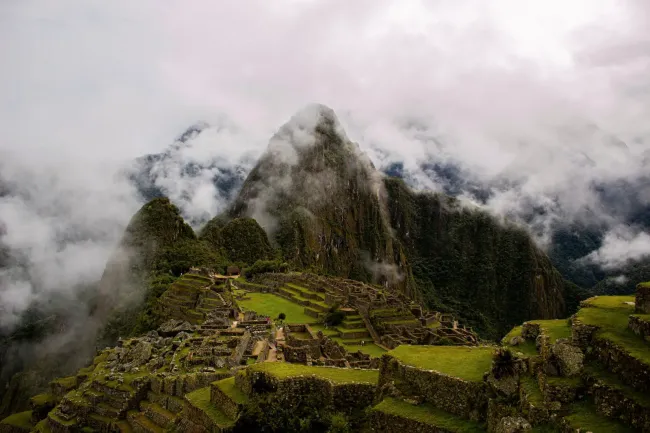
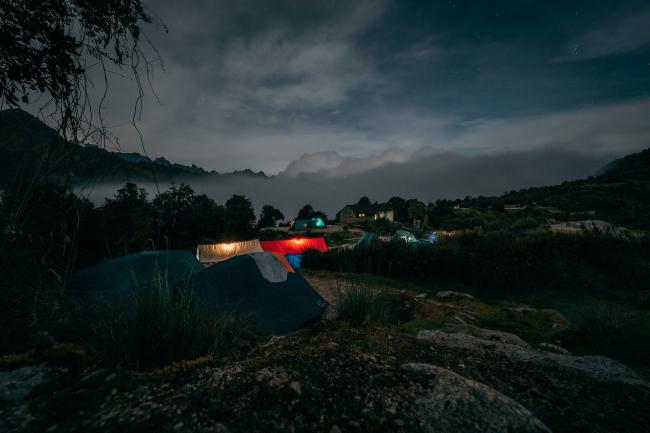
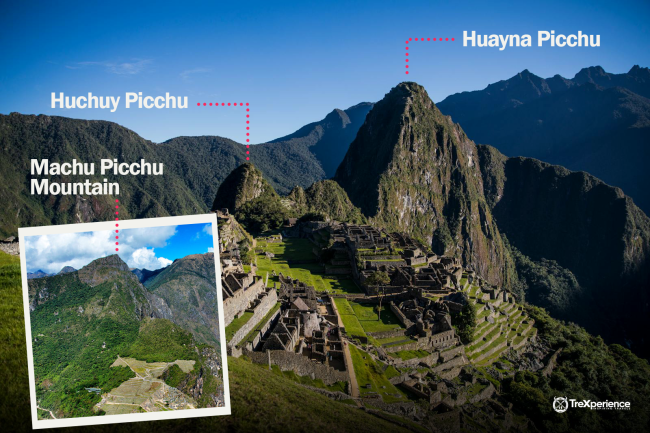
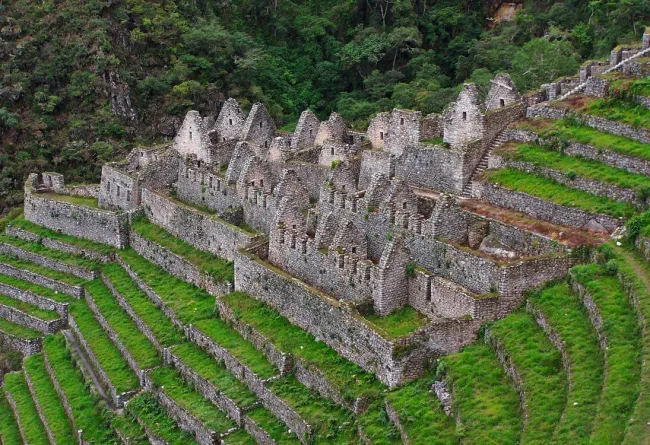
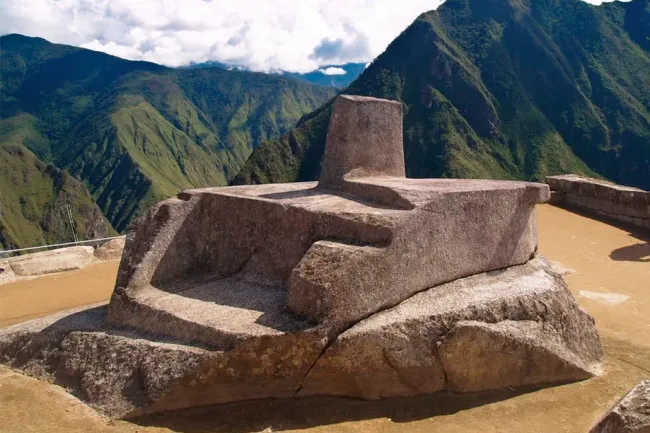
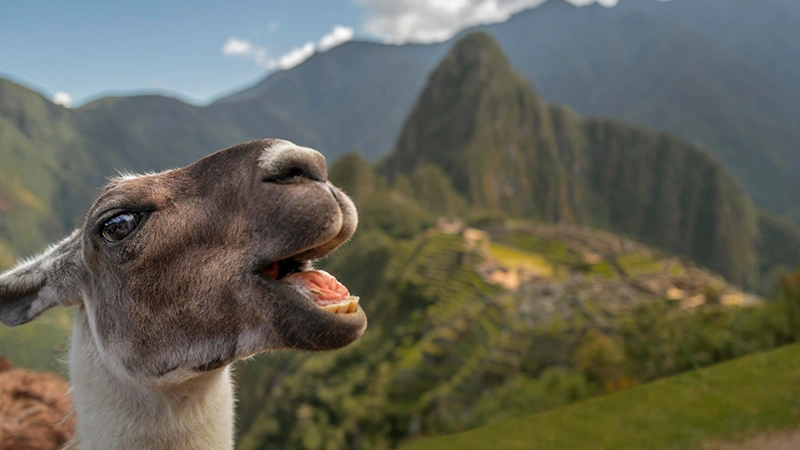
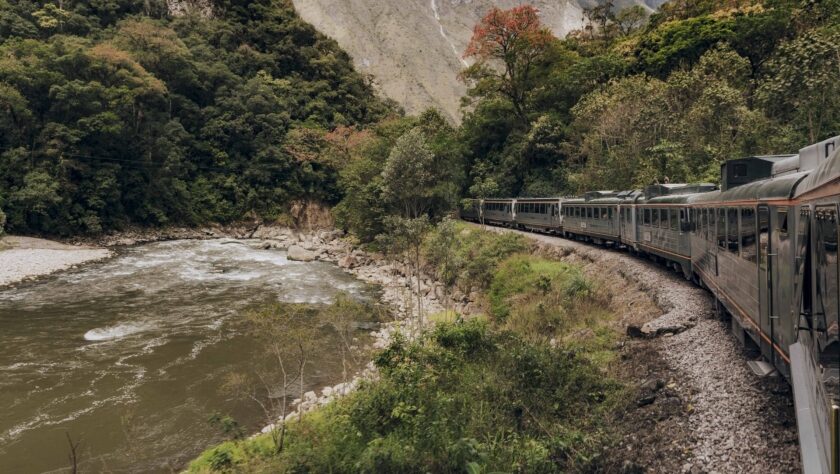
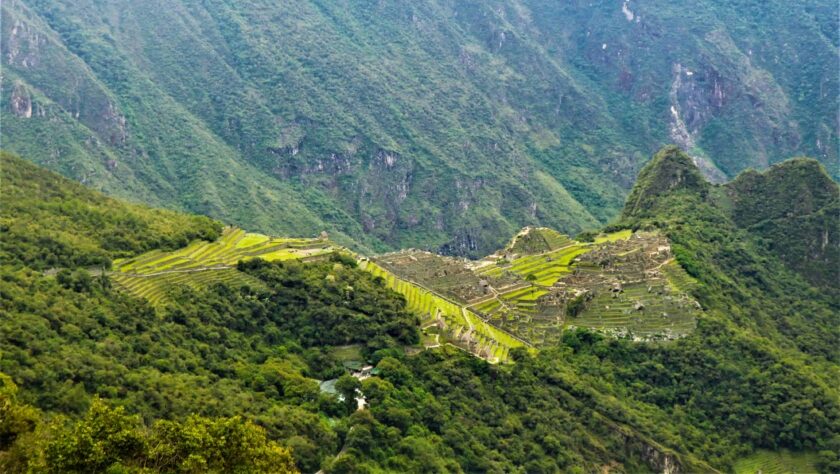

Add new comment